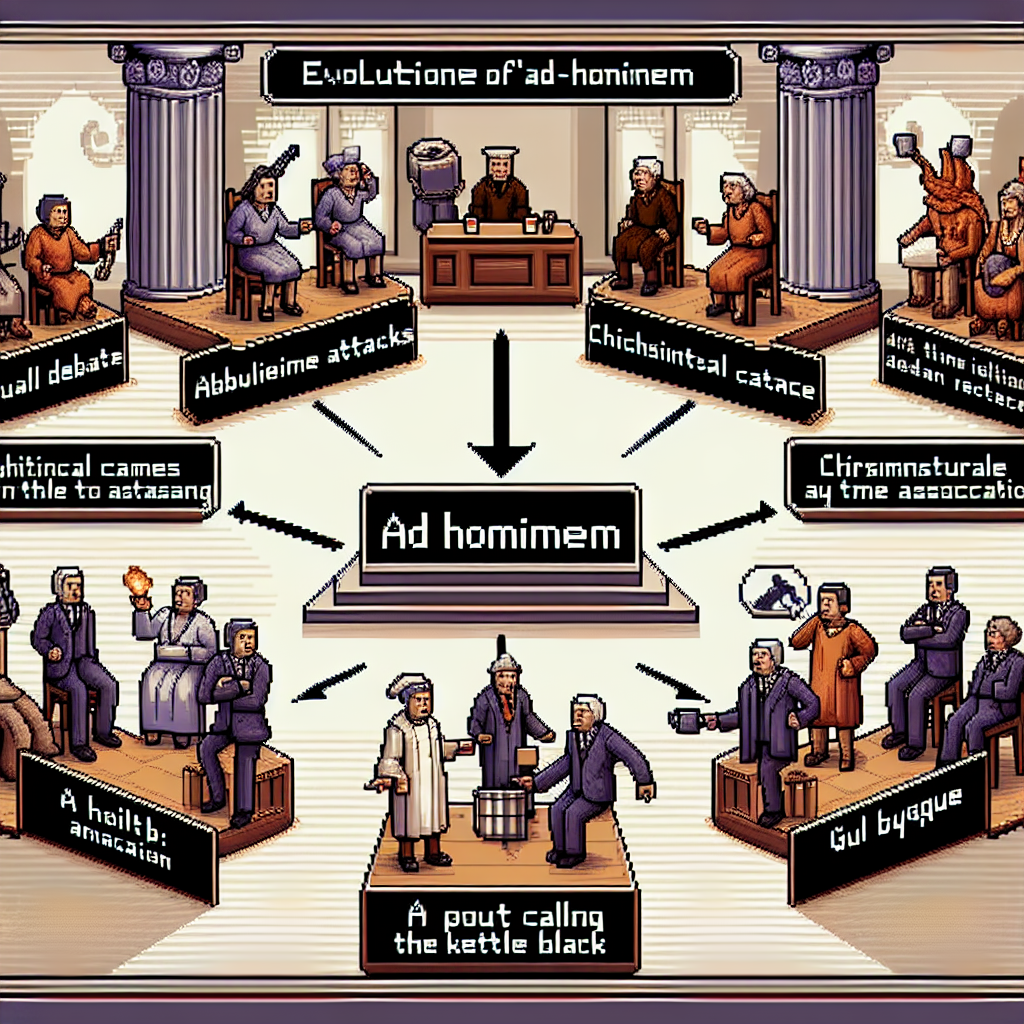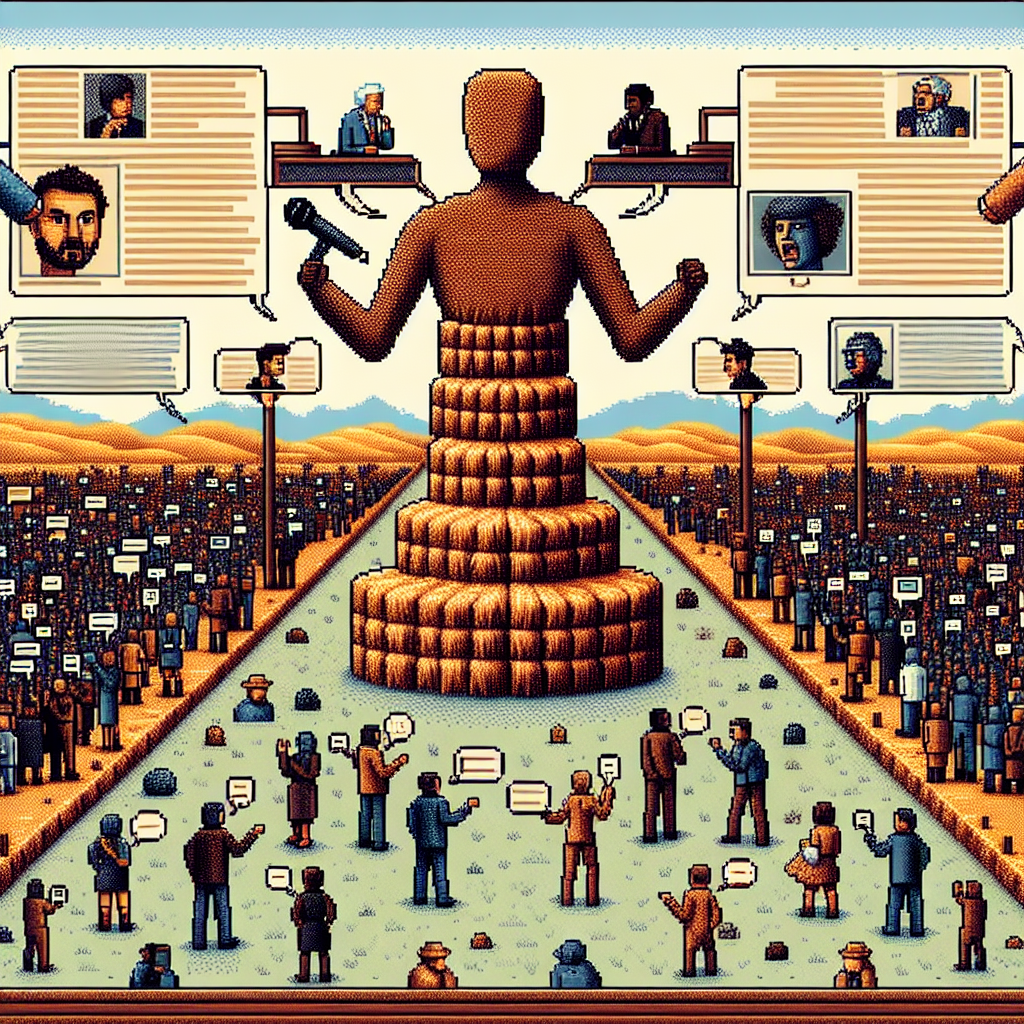Anchoring Bias: Understanding Its Influence
Definition of Anchoring Bias
The term Anchoring Bias refers to the cognitive effect that occurs when individuals rely heavily on an initial piece of information, known as the “anchor,” when making decisions. This psychological tendency can have a substantial effect on the choices people make, often leading them to overlook other relevant data.
Importance of Understanding Anchoring Bias in Decision-Making
Understanding Anchoring Bias is crucial because it can skew our perception and influence decisions across various domains. By becoming aware of this bias, individuals and organizations can implement strategies to reduce its impact, allowing for more rational and balanced decision-making processes despite initial impressions.
Overview of the Article
This article explores the various facets of Anchoring Bias, delving into the psychological mechanisms behind it, illustrating its presence in diverse contexts, and offering strategies for mitigation. Additionally, insights from experts and recent examples from current events will be examined to provide a comprehensive understanding of how this bias operates and why it remains significant in today’s world.
The Psychology Behind Anchoring Bias
Cognitive Mechanisms
The concept of Anchoring Bias is deeply rooted in human cognition. When individuals make decisions, they often rely on the first piece of information, or the “anchor,” which strongly influences their final judgment. This cognitive shortcut simplifies complex decision-making but can lead to systematic errors. Because our brains are wired to be efficient, we tend to hold onto initial values or pieces of information, affecting subsequent evaluations.
Historical Examples and Case Studies
Examining historical instances shows how deeply embedded Anchoring Bias is in various spheres. For example, during negotiations in ancient trade, the initial price offered would often set the stage for the final deal, regardless of the item’s actual value. Likewise, studies in modern times illustrate that even seasoned professionals aren’t immune. Whether in stock trading or predicting sports outcomes, the initial figures presented can heavily skew forecasts, as evidenced by several case studies.
How Anchoring Bias Affects Perceptions
Anchoring Bias affects not only decisions but also perception. When individuals encounter new information, their interpretation is usually colored by their initial understanding. For instance, when readers are exposed to preliminary news headlines, their perception of the unfolding situation is invariably shaped by it, despite later updates or corrections. This effect can lead to entrenched views that resist change, influencing broader public opinion and personal beliefs. Therefore, recognizing the influence of anchor points is crucial for more objective analysis and reduction of cognitive distortions.
Anchoring Bias in Different Contexts
Marketing and Advertising
In the world of marketing and advertising, businesses often leverage Anchoring Bias to influence consumer decisions. By presenting an initial price or feature that serves as a reference point, marketers can subtly guide potential buyers towards making certain choices. For instance, a high initial price might be set for a product before offering a discount, thus making the reduced price appear more appealing. Despite this tactic being widespread, many consumers remain unaware of its psychological underpinnings.
Negotiations and Financial Decisions
Anchoring Bias frequently appears during negotiations and when making financial decisions. The first number presented in a negotiation often sets the tone for subsequent discussions, anchoring both parties to a particular range. This can limit flexibility and creativity in reaching mutually beneficial agreements. To counter this, individuals are advised to prepare thoroughly, question assumptions, and consider alternative scenarios before entering negotiations.
Everyday Life and Consumer Choices
Beyond professional realms, Anchoring Bias infiltrates everyday life, impacting consumer choices such as grocery shopping or selecting a service provider. Many people anchor on advertised features or initial offerings, sometimes at the expense of better options. As consumers become more aware of these influences, they can practice mindful decision-making to ensure they achieve the best value and satisfaction.
Identifying Anchoring Bias
Common Indicators and Scenarios
Understanding Anchoring Bias begins with recognizing its telltale signs in everyday situations. Look for instances where an initial piece of information heavily influences the final decision, such as setting price expectations based on a starting figure. Clearly identifying these scenarios can help in taking corrective actions.
Tools and Techniques for Recognition
There are various tools and techniques to identify and counteract Anchoring Bias. Utilizing checklists helps in ensuring all relevant factors are considered, preventing undue reliance on initial data. Additionally, employing mental strategies like deliberate questioning ensures that decisions are not disproportionately swayed by initial inputs.
Impact on Personal and Professional Environments
The presence of Anchoring Bias can significantly affect both personal and professional settings. In personal decision-making, it can lead to suboptimal choices, while in the workplace, it can hinder objective evaluations. Awareness and identification of this bias can promote more balanced and informed decisions.
Strategies to Mitigate Anchoring Bias
Developing Critical Thinking Skills
Addressing Anchoring Bias begins with fostering critical thinking skills. Individuals should practice questioning initial impressions and seek additional information before making decisions. This approach helps in challenging preconceived ideas, allowing for a more balanced judgment.
Encouraging a Culture of Questioning First Impressions
In addition to individual efforts, organizations can benefit from cultivating a culture that encourages questioning first impressions. By promoting a collaborative environment where diverse perspectives are valued, teams can carefully assess situations from multiple angles. This minimizes the influence of initial anchors, resulting in more informed decisions.
Utilizing Data and Multiple Perspectives
Finally, relying on data and multiple perspectives can further mitigate the effects of Anchoring Bias. By gathering various viewpoints and evaluating objective data, decision-makers can uncover insights that were not apparent initially. During this process, it becomes crucial to remain open to unexpected findings and adjust conclusions accordingly.
Insights from Experts on Anchoring Bias
Quotes and Opinions from Psychologists
Psychologists have long studied the Anchoring Bias, which refers to the cognitive tendency to rely heavily on the first piece of information we receive. Additionally, they emphasize the significance of recognizing this bias because of its pervasive impact on decision-making. By understanding these psychological underpinnings, individuals can become more adept at identifying when they might be influenced by anchored information and adjust their judgments accordingly.
Interview Highlights From Industry Professionals
Professional insights from various industries also shed light on the practical implications of Anchoring Bias. During interviews, experts often highlight how this bias can distort financial decisions, particularly in high-stakes negotiations. Moreover, they stress the importance of incorporating diverse perspectives and data to counteract the initial anchor that often sets the tone for decisions. By integrating these strategies, industries can enhance the accuracy and fairness of their outcomes.
Statistical Data and Research Findings
Statistical data further supports the existence and influence of Anchoring Bias. Comprehensive research findings indicate that individuals frequently underestimate the effects of initial anchors, resulting in skewed perceptions and choices. Before making crucial decisions, incorporating a variety of data sources can help reduce these unfavorable outcomes. Furthermore, ongoing research is essential to develop effective strategies for mitigating this persistent cognitive distortion.
The Role of Anchoring Bias in Current Events
Recent Example: The Stock Market Reaction
Recently, a prominent tech company’s earnings report led to widespread fluctuations in the stock market. During the announcement, the company reported a figure that was slightly below analysts’ expectations. Because of this initial anchoring bias, investors reacted with immediate selling. The initial number acted as a mental anchor, despite other positive indicators like increased market share and future earnings projections. This resulted in a sharp decline in the company’s stock price.
Analysis of Media Reporting Techniques
In addition, media outlets contributed to the anchoring bias by repeatedly emphasizing the missed earnings target. This persistent focus during reports created a narrative that overshadowed other critical financial metrics. Moreover, headlines often highlighted the negative aspect much more prominently than any positive data, reinforcing the initial impression among the public.
Influence on Public Opinion and Policy Decisions
The impact extended beyond investors and affected public opinion as well. Many consumers reevaluated their perception of the company’s brand. Additionally, it caught the attention of policymakers who began to scrutinize the tech industry. Despite the company’s efforts to clarify the situation, the initial bias remained a powerful influence, demonstrating how anchoring bias shapes outcomes in contemporary settings.


